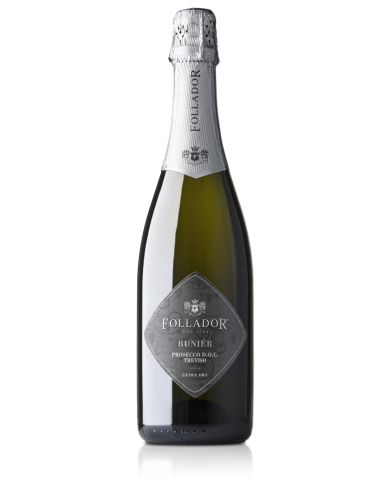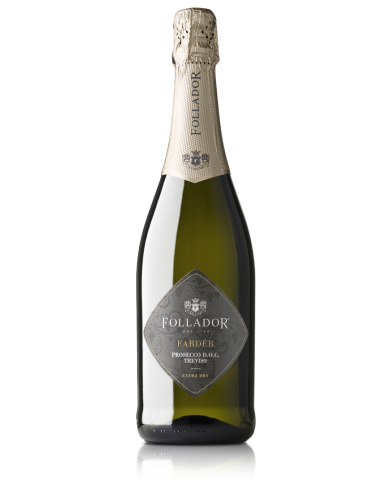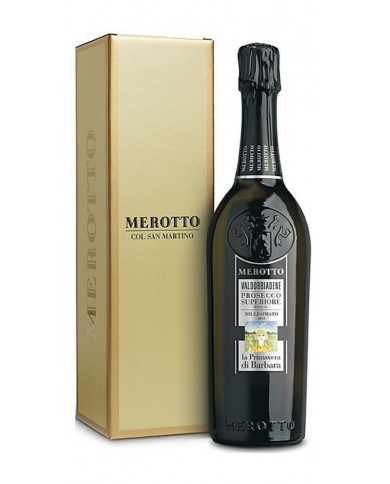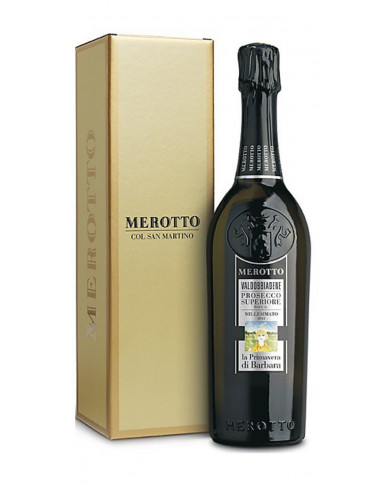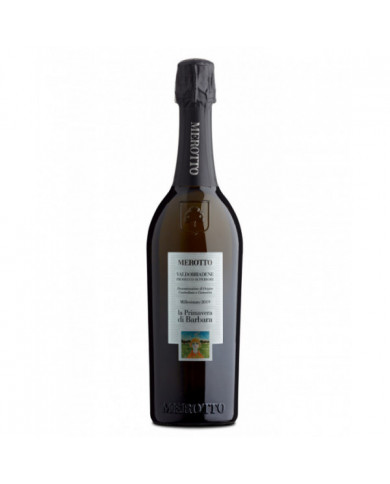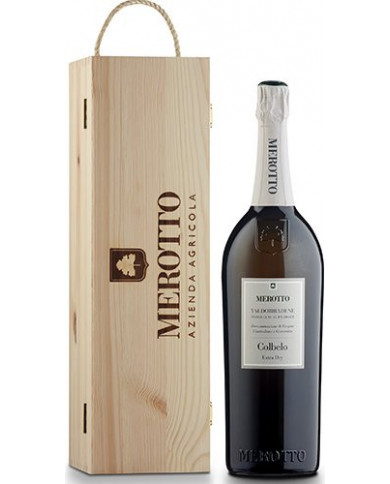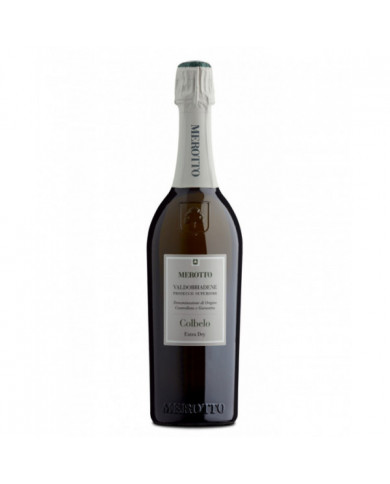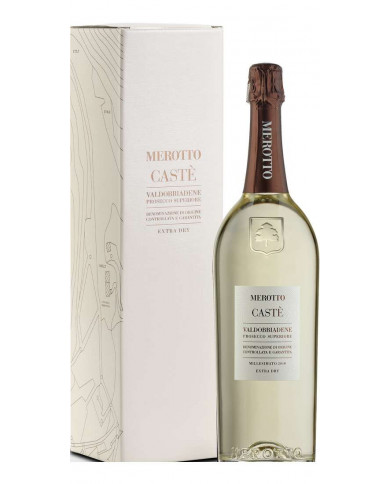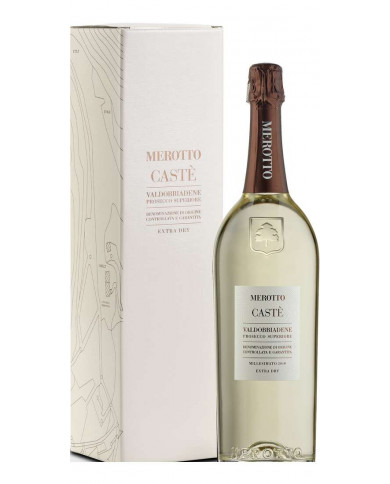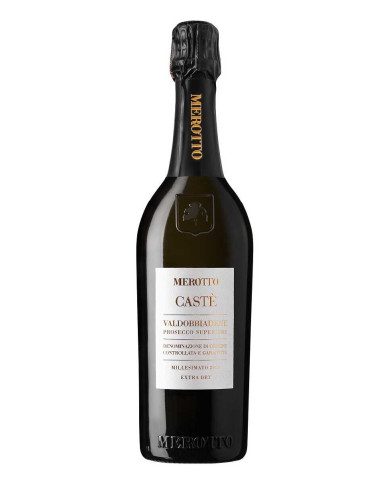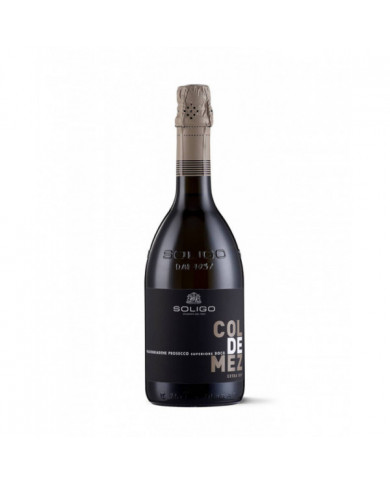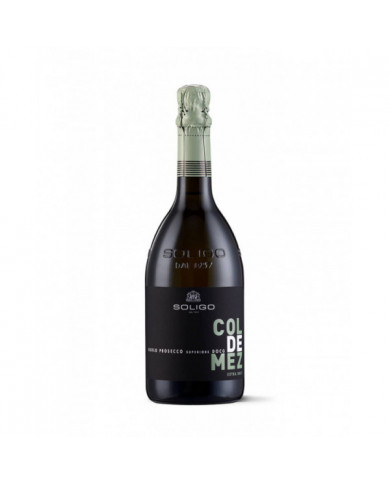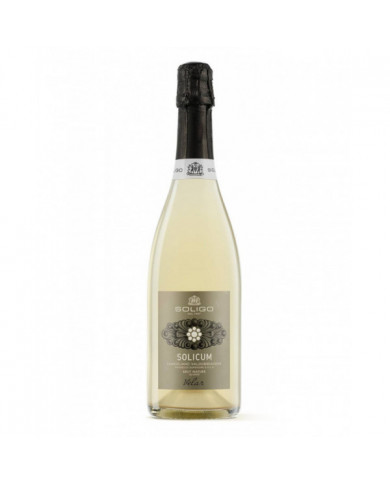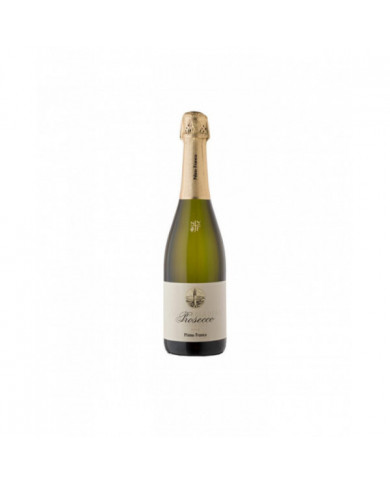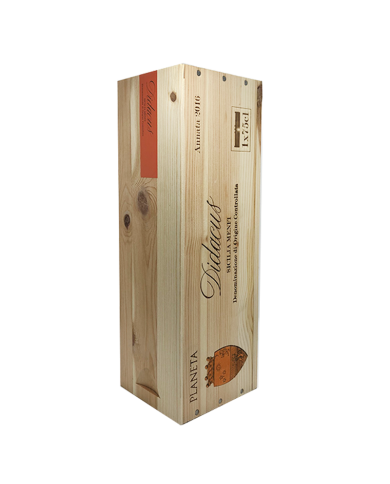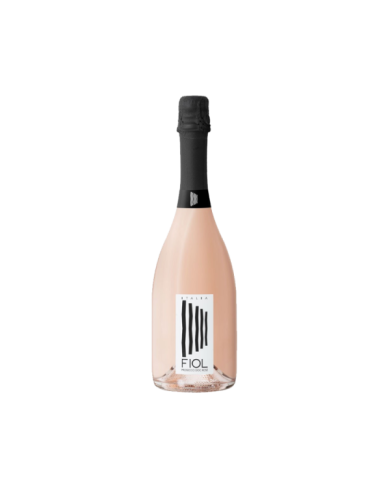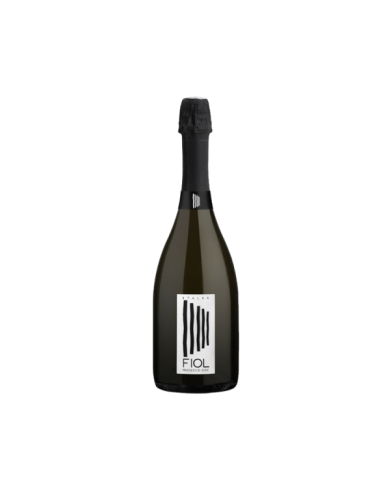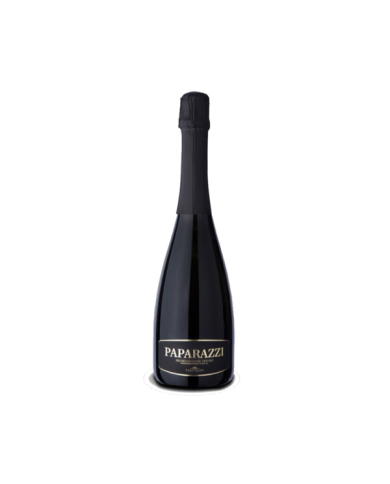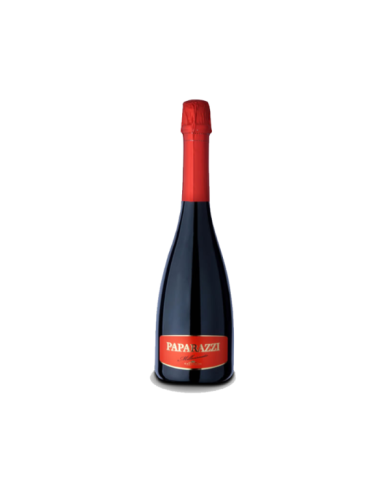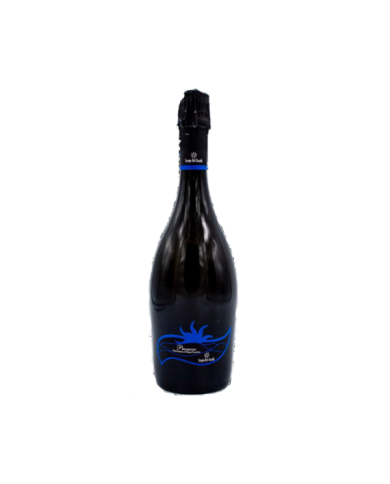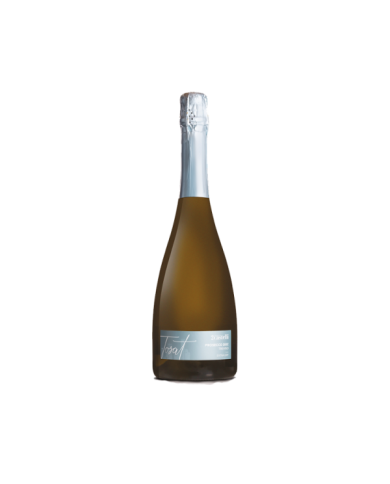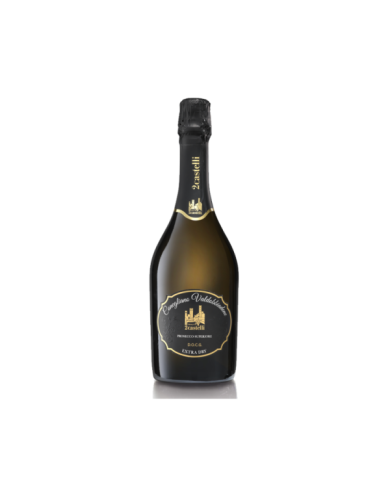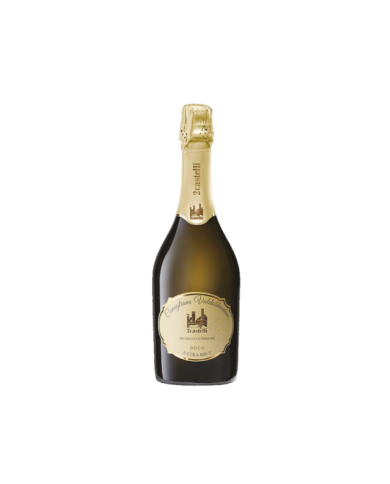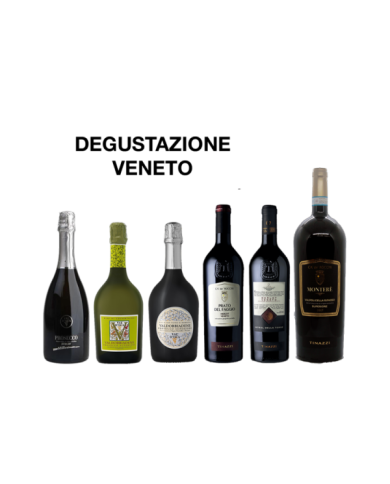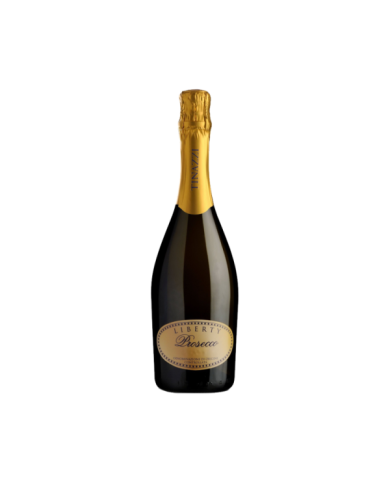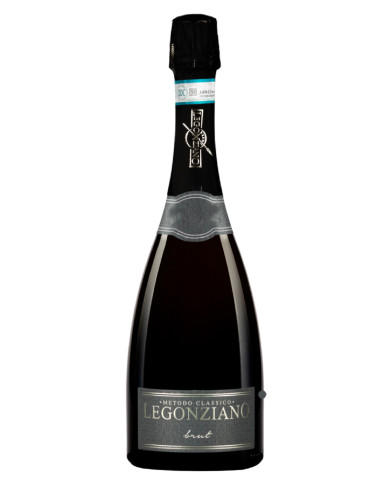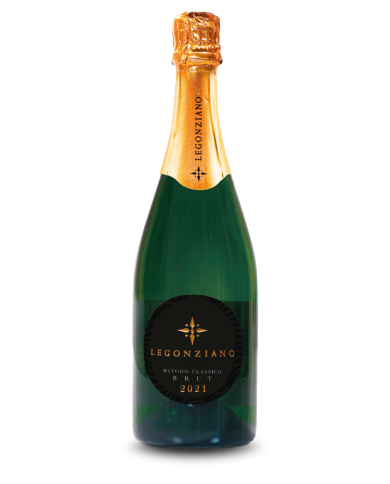A triumph of balance and fragrance. Inalienable virtues that characterize typicality
This is how the "Colle il Castello" that stands behind the cellar is called. The result: an extra dry of the highest level.
Prosecco Valdobbiadene Superiore DOCG Col De Mez is produced with Glera grapes ripened on the vineyards of the historic hill called Col de Mez. The harvest takes place in September and is strictly manual. It is also called the "heroic harvest" precisely because picking the grapes in these rows is not easy at all. The slopes are steep, the hills craggy, each operation requires attention and experience. In the Extra Dry version, it goes perfectly with dishes with a delicate flavor and with any fish-based dish.
This sparkling wine comes from the golden bunches of Glera grapes that ripen in the vineyards located in the Montello and Colli Asolani area. This is an area suited to the cultivation of vines. The optimal pedoclimatic environment gives the bunches a high quality level. The grapes are harvested exclusively by hand, generally in the first days of September and immediately taken to the cellar. Here they are pressed and the must fermented in stainless steel containers. This is followed by the sparkling process in an autoclave according to the Charmat method. In the Extra Brut version, fresh and savory, it receives the favorable opinions of the most expert tasters.
The Prosecco Brut Rustico from the Nino Franco winery is a Treviso Doc white wine with incomparable harmony and freshness. This superior prosecco, produced in purity with Glera grapes and with the Charmat method, ferments first in steel tanks and then in an autoclave and after bottling it must remain in the cellar for at least 30 days, before being tasted to the best of its potential. The company philosophy of this winery is that a good wine is born in the vineyard and, precisely for this reason, each stage of production is followed with dedication and passion. The character of Prosecco Brut Rustico is to be found in the hilly areas of Valdobbiadene and Conegliano, where the mild climate and strong temperature variations contribute to the production of high quality wines. Nino Franco's success can be attributed mainly to his ability to combine respect for tradition with new cutting-edge techniques. Excellent Prosecco, Brut Rustico has decisive characteristics that faithfully reflect the elegance of the varietal characteristics of its grapes.
Prosecco Primo Franco is a wine of great substance and versatility capable of adapting to the most diverse palates and moments. It is the historical product of the Nino Franco winery, an interesting wine with a good tension in which the acidity is well balanced and integrates completely with the residual sugar. It is a quality sip, to be tasted absolutely.
Bright pale pink color, with a fine perlage. On the nose the aromas of white fruits, peaches and apples blend with small wild fruits. Fresh and creamy taste in the effervescence, well balanced by the elegant residual sugar.
Medium intensity straw yellow, bright and luminous. Typical nose that smells of fruits and flowers with notes of apple, wisteria and acacia. In taste it is fresh and savory, with that slight sugary residue that helps to balance it. A wine with a creamy effervescence, very pleasant.
Prosecco di Treviso has conquered many consumers. Always present on the wine lists of restaurants and on the tables of connoisseurs, it symbolizes festivity and sparkling elegance. Very versatile, delicate and refined, it brings joy and vivacity with it. The notes of Golden apple, pear, white pulp fruit and wisteria flowers are unmistakable on the nose. The taste is balanced between acidity and softness.
Prosecco di Valdobbiadene DOCG Millesimato ┬Ę Colour: straw yellow with greenish reflections with very fine and persistent foam.
The "Liberty" Prosecco Extra Dry DOC sparkling wine is made from Prosecco grapes (Glera). Due to the phenomenon of temperature inversion, when the hills above the air temperature compared to the plain, and the high concentration of volcanic rocks in the soil, the grapes collect and concentrate flavors and sugar well. After the selection of the best fruits, berries vinified in the traditional way. The shortened cycle of the secondary fermentation allows an extreme lightness and aroma of sparkling wine. Thanks to the subtle and delicate "Liberty" taste, Prosecco Extra Dry DOC will become a universal aperitif and will make an excellent combination of first courses, appetizers and seafood.
Prosecco Designation: A Journey Through History and Culture
What is Prosecco? Simply put, it's a sparkling wine of Italian origin, famous all over the world. But the Prosecco Designation tells us much more. It allows us to take a journey through history, culture, and the art of winemaking.
The History of Prosecco
The Origin of Prosecco
Prosecco has its roots in Northeastern Italy, and its name comes from the word "prosech", which in the local dialect means "forest". The origin of this sparkling wine dates back to the 16th century.
The Evolution of Prosecco
Over the centuries, Prosecco has undergone a radical transformation, changing from a sweet and semi-dry wine to a dry and fizzy wine, loved all around the world.
Types of Prosecco
Prosecco DOC
Prosecco DOC, or Denomination of Controlled Origin, covers a vast area extending between Veneto and Friuli Venezia Giulia.
Prosecco DOCG
Prosecco DOCG, or Denomination of Controlled and Guaranteed Origin, represents the pinnacle of Prosecco production, with unparalleled quality and uniqueness.
Superiore di Cartizze Prosecco
Superiore di Cartizze Prosecco is considered the jewel in the crown of Prosecco, produced only in a small area of the Prosecco region.
How Prosecco is Made
The Winemaking Process
The production of Prosecco follows the Charmat or Martinotti method, a winemaking process that involves a second fermentation in autoclaves.
The Importance of Terroir
The terroir, i.e., the soil, climate, and environment where the vines grow, plays a fundamental role in the quality and character of Prosecco.
How to Taste Prosecco
How to Serve Prosecco
Prosecco is served cold, preferably in a champagne glass, to fully appreciate its fruity and floral aromas.
Food Pairings with Prosecco
Thanks to its versatility, Prosecco pairs perfectly with a wide variety of foods, from starters to dessert.
Prosecco in the World
Prosecco in Italian Exports
Prosecco represents one of the most important Italian wine exports, loved in both Europe and the United States.
The Influence of Prosecco on Culture
Prosecco has had a significant impact on culture, becoming a symbol of Italian living, synonymous with celebration and conviviality.
The Prosecco Designation is not just a mark of quality, but represents passion, tradition, and the art of Italian winemaking. Prosecco, with its unique and unmistakable taste, continues to conquer the world, toast after toast.
FAQ
Where does Prosecco come from?
Prosecco comes from Northeast Italy, specifically from the regions of Veneto and Friuli Venezia Giulia.
What's the difference between Prosecco DOC and DOCG?
Prosecco DOCG is produced in specific and more restricted areas than Prosecco DOC, guaranteeing superior quality.
How is Prosecco served?
Prosecco is served cold, preferably in a champagne glass.
What foods can be paired with Prosecco?
Prosecco pairs perfectly with a wide variety of foods, from starters to dessert.
Why is Prosecco so popular?
Prosecco is popular for its unique taste, its versatility, and because it represents a symbol of Italian living.

